One of the four general-purpose plastic materials, PP has strong chemical stability, good molding performance, outstanding comprehensive performance, and a relatively reasonable price. However, it also has poor strength, modulus, hardness, and low temperature impact resistance. Poor strength, significant shrinkage during molding, rapid aging, and other drawbacks.
As a result, it has to be changed in order to be adjusted to the requirements of the product. PP materials are often modified by adding minerals to increase toughness, modify weather resistance, reinforce with glass fiber, modify flame retardant, modify super tough, etc. In the world of home appliances, each modified PP has a purpose. many applications.
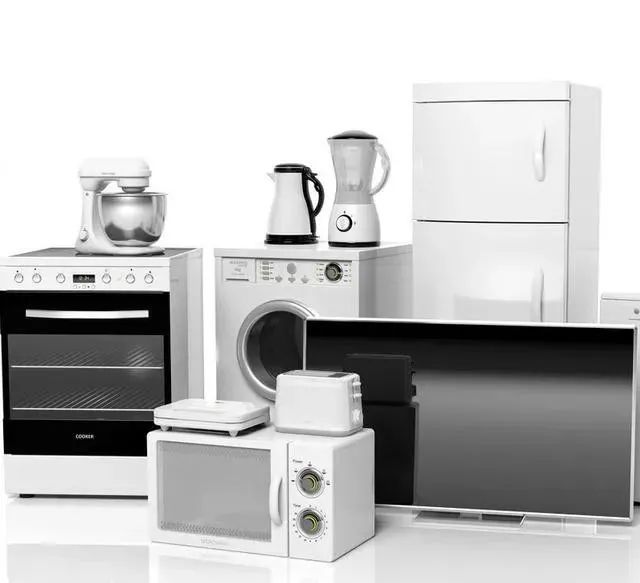
In the field of consumer electronics, modified PP offers several potential applications. The humanization of home appliances will be more pronounced, the product kinds will be more diverse, and conventional home appliances will be developed toward miniaturization and scale from the standpoint of home appliance technology development in the future. The need for PP is always rising as new items keep appearing on the market. There are four significant developments in modified PP:
1. PP with excellent hardness and gloss. Some household equipment, particularly tiny appliances, may use these goods in place of PS and ABS.
2. PP flame retardant devoid of halogens. With the adoption of the EU RoHS Directive, nations now place a high value on environmental protection, necessitating the urgent need to study and produce halogen-free flame-retardant PP with a wide market potential.
3. Long PP reinforced with glass fiber. Commonly used short glass fiber reinforced PP has short glass fibers, is easily warped, has a poor impact strength, and is easily deformed when heated. Therefore, the aforementioned drawbacks of short glass fibers and product surfaces can be solved by long glass fibers. It may be used in freezers and cooking utensils and has good temperature, high impact strength, and high heat resistance.
4. PP antimicrobial. A brand-new functional polymer material with bactericidal and antibacterial qualities is this type of plastic. It is employed in the inner washing machine container and the plastic components of the electric water tank and has a wide range of applications.
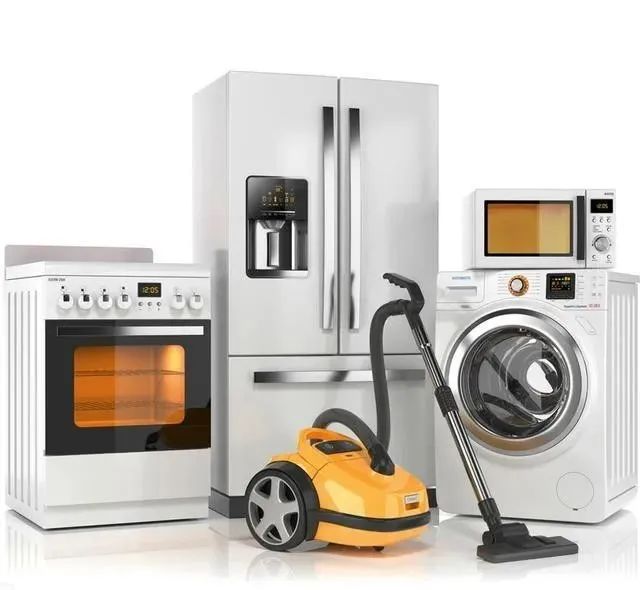
Mineral filled modified PP
The most often employed form of modification for PP is mineral loaded modification. PP basic ingredients are supplemented with calcium carbonate, talc, wollastonite, glass beads, mica powder, and other minerals. These minerals enhance the dimensional stability and impact toughness of PP materials while also lowering the molding shrinkage of PP materials, which lowers the cost of the minerals relative to the PP matrix. The price of PP materials is significantly decreased as a result of the significant difference.
Currently, the main components of mineral-filled modified PP used in household appliances are the inner tub for pulsating washing machines and drum washers, the pulsator and clothing opening, the microwave oven, the speaker horn, the horn bracket sealing strip, the refrigerator shelf, and the shell and base of rice cookers.
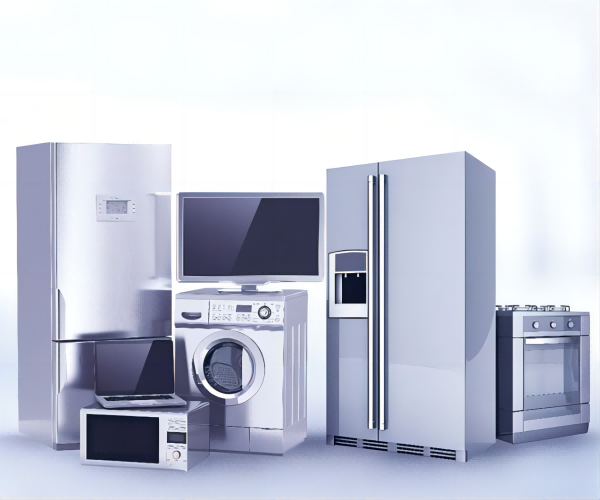
Modified PP with flame resistance
Many nations now mandate that materials used in electronic and electrical components of home appliances must be flame retardant in order to prevent fires. When it comes to PP that is flame retardant, 63% must be UL94V-0, 23% must be UL94V-2, 12% must be DIN4102B1, and 1% must be other flame retardants.
It is challenging to attain the high flame retardancy required by the electrical and other industries using PP due to its high crystallinity and flammability, which raises the cost. However, if society improves the minimum flame retardant standards for plastic goods, the percentage of flame retardant polypropylene will be: following the increase, the present flame retardant polypropylene annual growth rate is 8%.
PP is a flammable polymer, hence on the market nowadays it is typically treated with Br/Sb composite flame retardant. With the addition of a flame retardant, PP goods may obtain the UL94V-0 designation and even sustain incandescent filament temperatures of 650°C or 750°C without catching fire. Typically, components with possible combustion dangers, such as TV casings, washing machine control panels, remote control casings, aquarium evaporation trays, ventilation ducts, etc., are produced using this flame-retardant modified PP material.
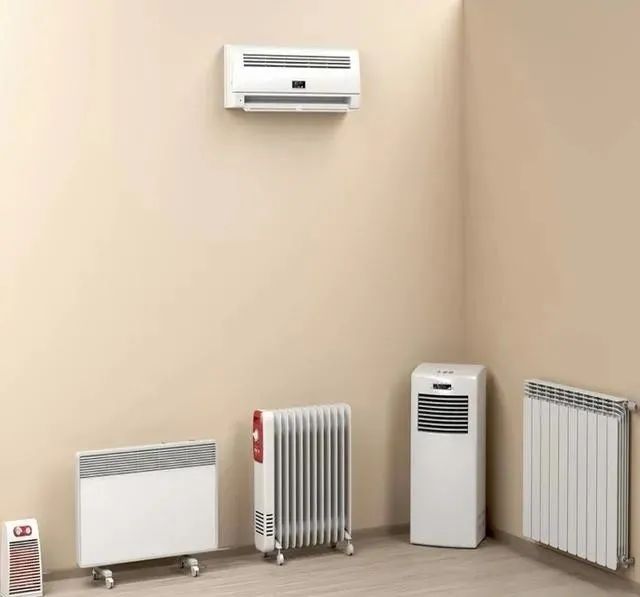
Modified PP with glass fiber reinforcement
PP material typically has a tensile strength of 20M-30MPa, a bending strength of 25M-50MPa, and a bending die strength of 800M-1500MPa. PP needs to be reinforced with glass fibers before it can be utilized in structural component engineering. In most circumstances, and even in some cases more than once, glass fiber reinforced PP materials can increase their mechanical qualities.
The mechanical strength is equivalent to ABS and reinforced ABS products, and it has even better heat resistance. More specifically, the tensile strength ranges from 65 MPa to 90 MPa, the bending strength from 70 MPa to 120 MPa, and the bending elastic modulus from 3000 MPa to 4500 MPa.
Normal ABS and reinforced ABS can withstand heat up to a temperature of 98C, whereas glass fiber reinforced PP can withstand heat up to 135C. Its price is significantly less than that of ABS reinforced items, and it may be utilized to create axial and cross flow fans for refrigerators, air conditioners, and other refrigerators.
In order to fulfill the strict requirements for mechanical qualities and high temperature resistance of rice cooker bases and handles, microwave ovens, etc., it may also be used to make inner tubs, pulsators, and pulleys of high-speed washing machines.
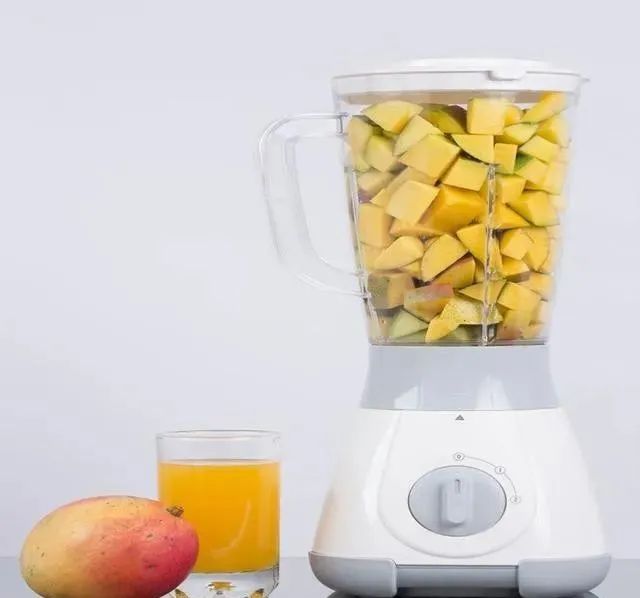
Modified PP antibacterial
Antibacterial PP materials may prevent or eliminate bacteria, mold, yeast, algae, and even viruses that have left stains on plastic. They also maintain their cleanliness by preventing the growth of germs.
Applications for antibacterial PP materials include interior components of household appliances, buttons, seals, and other areas that are vulnerable to mold development. The antibacterial properties of door seals, liners, fruit and vegetable boxes, etc. are emphasized in refrigerators. It’s crucial to use antibacterial button films and sewage pipes in washing machines. Small appliances concentrate on the components and buttons that come into touch with food, whereas air conditioners primarily focus on the antibacterial of air conditioning filters. Most kitchen appliances employ antibacterial chemicals on the inner tank coating, buttons, and handles for the antibacterial of the film. Its qualities include high strength, high toughness, and bacterial and mold growth inhibition.











